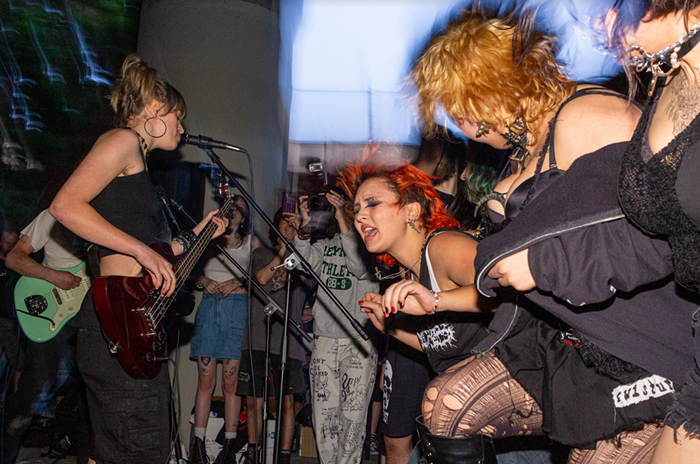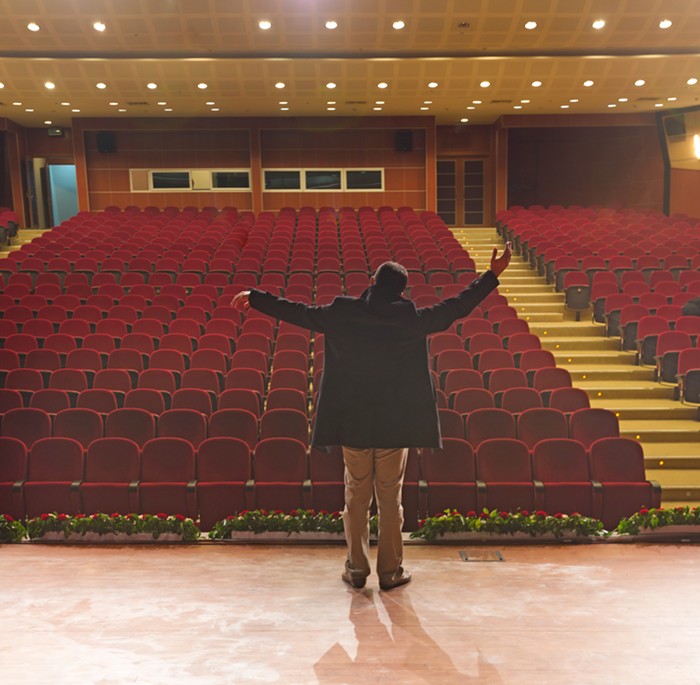Remember your childhood? We do. You were an unloveable child—shunned by your peers, neglected by your parents—and, too young to turn to hard drugs, you drowned your sorrows in the next best thing: the Nintendo Entertainment System. Now, do you recall the first time you played Super Mario Bros. 3? Continuing this series of lies, we remember that too: You were amazed. You couldn't believe the amount of awesome they'd jammed into that gray cart, and to this day you consider it one of the finest Japanese exports of all time.
I've got good news: Super Mario Galaxy is all that and a powerup that turns you into an anthropomorphic bee. If I must criticize the game for anything it's that the story is paper thin, but in a series where the original's consisted of "Mario, our princess is in another castle," plot depth isn't really a concern.
What makes this entry in the series so excellent is that it gives gamers exactly what they expect from Nintendo's games: bright colors, ingeniously designed levels, and a sense of whimsy so infectious that the CDC is working on developing vaccines against it. Once all that has been established (about five minutes into the game), Galaxy adds an entirely new dimension to everything by setting it in outer space. Instead of running along a 2-D brick road or being chased in three dimensions by an oversized goomba, you must contend with spherical gravity: In Galaxy, "running around a level" literally means you ran down one side, across the bottom, and back up the opposite end. Such a novel mechanic combined with the two-decade-old Mario Bros. traditions would be enough to provide hours of fun for anyone able to feel joy, but with the addition of new powerups, a 30-hour-long quest (60 plus if you look for all the secrets) and the best use of the Wii's control scheme so far, Galaxy proves the finest title available for the console.


















